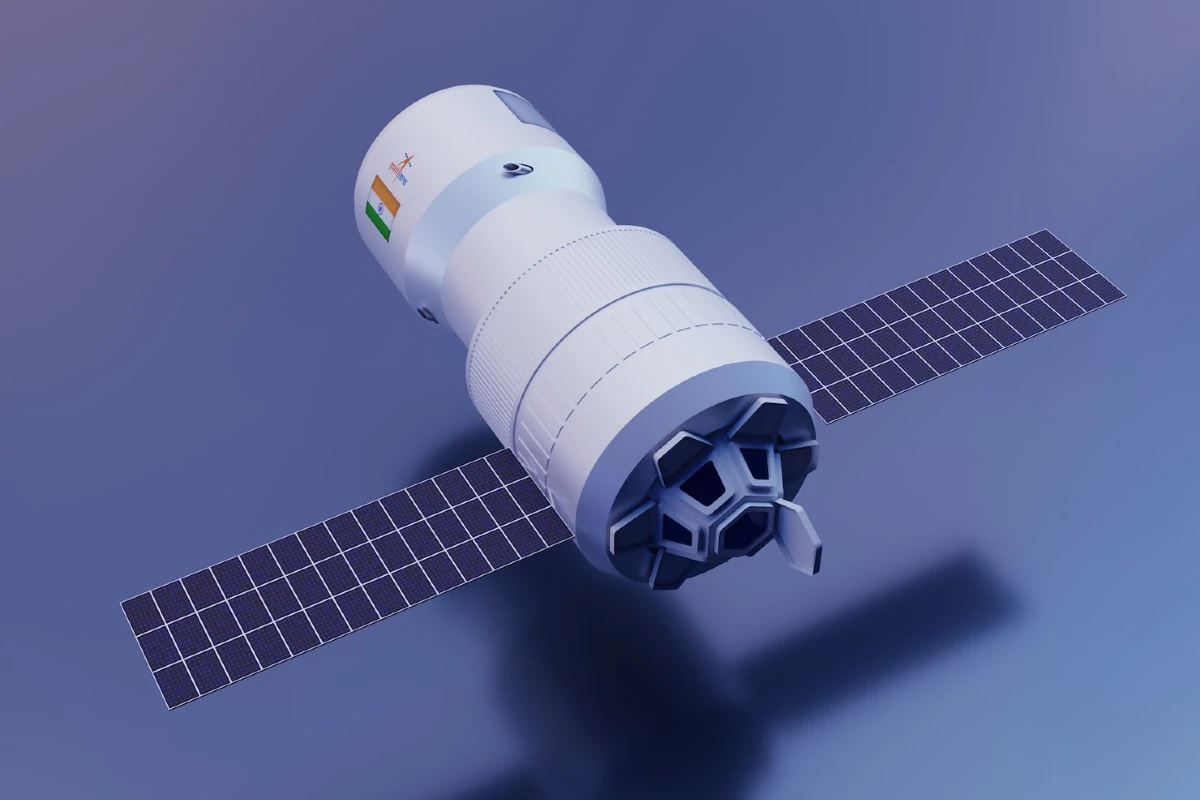
Chandrayaan-3 is the third lunar mission of the Indian Space Research Organization (ISRO). The mission is scheduled to launch on July 13, 2023, from the Satish Dhawan Space Centre in Srihari Kota, India.
The Chandrayaan-3 spacecraft will consist of three modules: a lander, a rover, and a propulsion module. The lander will be responsible for carrying the rover to the lunar surface and deploying it. The rover will then conduct a series of experiments on the lunar surface. The propulsion module will be responsible for transporting the lander and rover from Earth orbit to lunar orbit and then to the lunar surface.
The main objective of the Chandrayaan-3 mission is to demonstrate the capability of achieving a soft landing on the Moon. The mission will also study the lunar surface and its environment.
The Chandrayaan-3 spacecraft is equipped with a number of scientific instruments, including a spectrometer, a camera, and a magnetometer. These instruments will be used to study the composition of the lunar surface, the lunar atmosphere, and the lunar magnetic field.
The Chandrayaan-3 mission is a significant milestone for the ISRO. The success of the mission will demonstrate India’s capabilities in space exploration and will pave the way for future lunar missions.
Here are some of the key features of the Chandrayaan-3 mission:
- The lander will be equipped with a robotic arm to deploy the rover.
- The rover will be able to travel up to 500 meters on the lunar surface.
- The mission will carry a total of 13 scientific instruments.
- The mission is expected to last for one year.
The Chandrayaan-3 mission is a significant step forward for the ISRO and for India’s space program. The success of the mission will demonstrate India’s capabilities in space exploration and will pave the way for future lunar missions.
